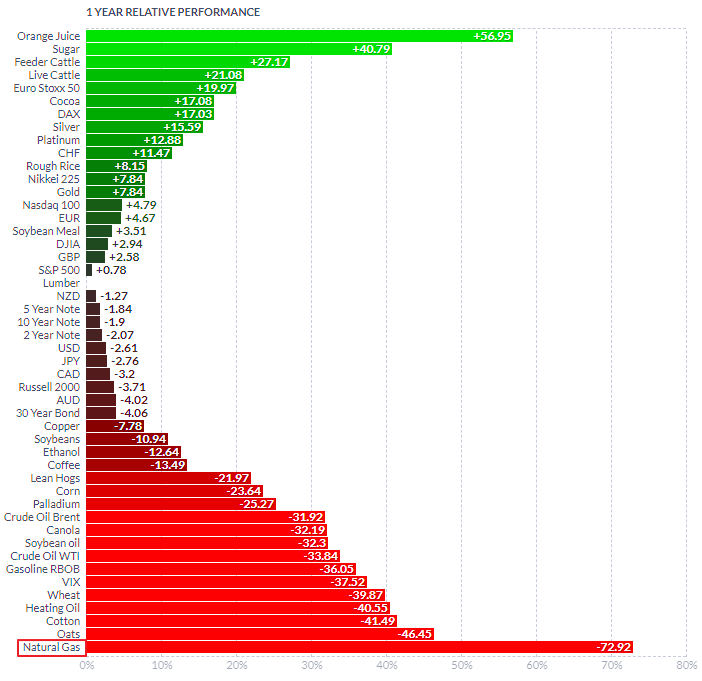With the U.S. Treasury set to exhaust its workarounds and run out of options to manage the national debt until the self-imposed debt ceiling is raised or suspended, the world’s richest economy, which also issues the global reserve currency, is projected to run out of cash and fail to meet its obligations as early as June 1.
While Treasury Secretary Janet Yellen has deemed it ‘unthinkable’ to let the U.S. default on its debt and has urged lawmakers to set their differences aside to ensure that “America should never default.”
However, with Republicans such as Donald Trump playing hardball and endorsing the notion of letting the nation default if Democrats don’t agree to spending cuts, it’s probably fair to say that Ms. Yellen’s words are going largely unheeded.
Given that the alternatives to raising or suspending the debt ceiling, like the U.S. has done almost 80 times since the 1960s, seem either unviable or unattractive, the extent to which the U.S. and global economy could be undermined if the default comes to pass would, in the words of Yellen, be an “economic catastrophe.”
With business leaders such as Jamie Dimon convening a ‘war room’ over the debt ceiling standoff, even the markets have begun pricing in the worst. The S&P 500’s net loss since the beginning of the month could only worsen further the longer the crisis drags on.
Do you see the U.S. defaulting on its debt this time?
- Yes
- No
- Can’t Say
However, the sliver of silver lining that could encourage investors alarmed by the looming cloud of fat tails is that if the worst comes to pass, it would also mean a potential devaluation of the U.S. dollar.
This could be a significant tailwind for the export prospects of technology stocks, which have been under pressure due to 10 interest-rate hikes over the past year and are witnessing a watershed due to the advent of generative artificial intelligence. Continue reading "3 Tech Stocks Turning Negative Sentiment Into Positive Returns"

